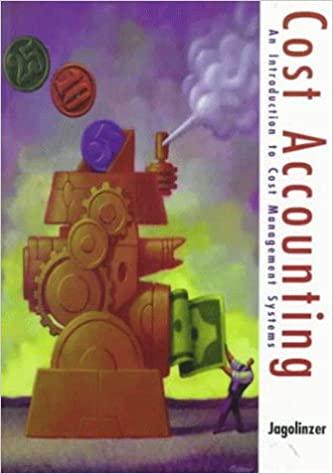



 Please show how you got the answer.
Please show how you got the answer.
Organic Chicken grows and processes chickens. Each chicken is disassembled into five main parts. Organic Chicken is computing the ending inventory values for its July 31, 2017, balance sheet. Ending inventory amounts on July 31 are 17 pounds of breasts, 9 pounds of wings, 9 pounds of thighs, 9 pounds of bones, and 2 pounds of feathers Organic Chicken's management wants to use the sales value at splitoff method. However, management wants you to explore the effect on ending inventory values of classifying one or more products as a byproduct rather than a joint product. (Click to view information on the sales value at splitoff method.) Read the requirements. Reference Breast Total Wings 25 Thighs 35 Bones 45 Feathers 5 90 200 GA $ 0.05 $ 0.55 $ 49.50 $ 0.15$ 3.75 $ 0.30 $ 10.50 $ 0.05 0.25 $ $ GA 2.25 $ 66.25 Pounds of product Wholesale selling price per pound Sales value at splitoff Weighting: Sales Value at splitoff Joint costs allocated Allocated costs per pound 0.74 0.06 0.15 0.034 0.004 1.00 $ 29.88 $ 2.28 $ 6.32 $ 1.36 $ 0.16 $ 40.00 GA 0.3320 $ 0.0912 $ 0.1806 $ 0.0302 $ 0.0320 - Red Requirements 1. Assume Organic Chicken classifies all five products as joint products. What are the ending inventory values of each product on July 31, 2017? 2. Assume Organic Chicken uses the production method of accounting for byproducts. What are the ending inventory values for each joint product on July 31, 2017, assuming breasts and thighs are the joint products and wings, bones, and feathers are byproducts? 3. Comment on differences in the results in requirements 1 and 2. Requirement 1. Assume Organic Chicken classifies all five products as joint products. What are the ending inventory values of each product on July 31, 2017? (Round your answers to the nearest cent. Enter an amount for each product including zero balances.) Product Ending inventory value Breasts $ 5.64 Wings 0.82 Thighs 1.63 Bones 0.27 Feathers 0.06 8.42 Total Requirement 2. Assume Organic Chicken uses the production method of accounting for byproducts. What are the ending inventory values for each joint product on July 31, 2017, assuming breasts and thighs are the joint products and wings, bones, and feathers are byproducts? Begin by selecting the formula to calculate the joint costs to be allocated. Then enter the amounts and determine the amount. (NRV = Net Realizable Value.) Joint costs NRV of byproducts Joint costs to be allocated 40.00 6.25 33.75 = A Now use the table below to calculate the allocated costs per pound for the breasts and thighs. (Round the weights to three decimal places, the joint costs to the nearest cent and the allocated costs per pound to four decimal places.) Breast Thighs Total Pounds of product 90 35 125 Wholesale selling price per pound $ 0.55 $ 0.30 Sales value at splitoff $ 49.50 $ 10.50 $ 60.00 Weighting: Sales value at splitoff 0.825 0.175 1.000 Joint costs allocated $ 27.84'$ 5.91'$ 33.75 Allocated costs per pound $ 0.3093 $ 0.1689 What are the ending inventory values for each joint product on July 31, 2017, assuming breasts and thighs are the joint products and wings, bones, and feathers are byproducts? (Round all amounts to the nearest cent. Enter an amount for each product including zero balances.) Product Ending inventory value Breasts Wings Thighs Bones Feathers Total




 Please show how you got the answer.
Please show how you got the answer.





